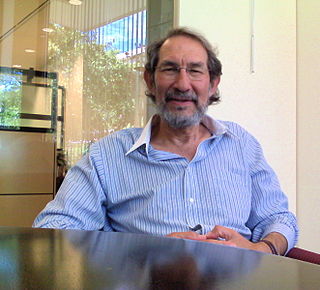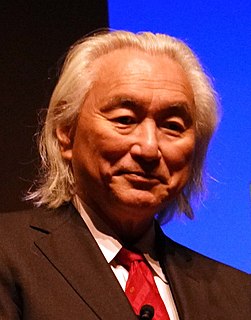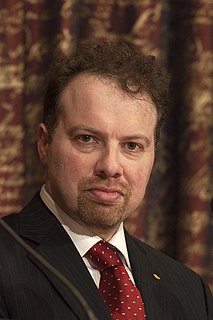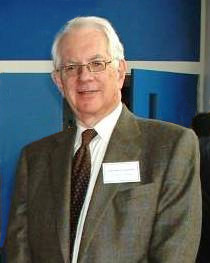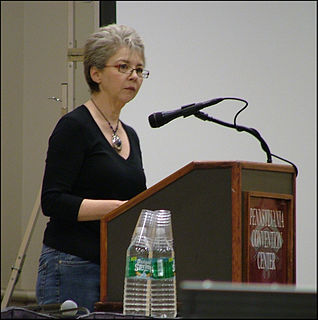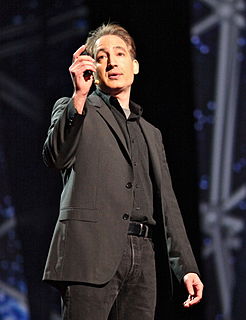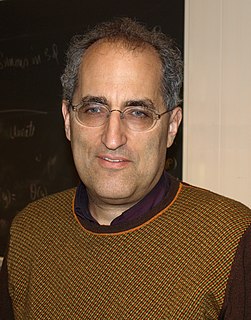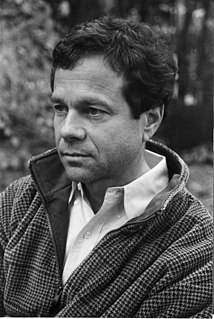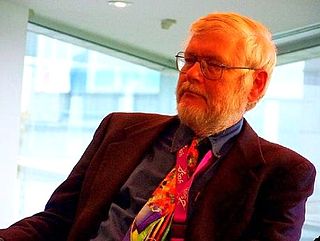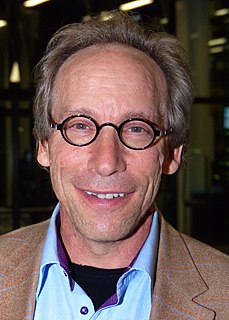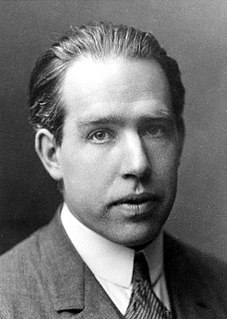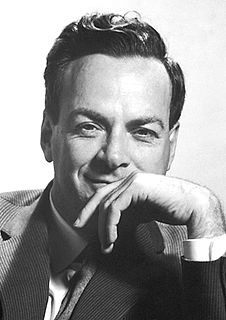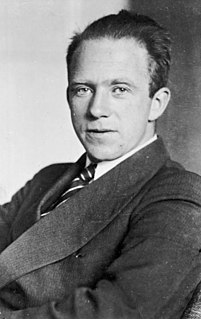A Quote by Geoffrey West
I spent most of my career doing high-energy physics, quarks, dark matter, string theory and so on.
Related Quotes
One of the most exciting things about dark energy is that it seems to live at the very nexus of two of our most successful theories of physics: quantum mechanics, which explains the physics of the small, and Einstein's Theory of General Relativity, which explains the physics of the large, including gravity.
I believe in God the way I believe in quarks. People whose business it is to know about quantum physics or religion tell me they have good reason to believe that quarks and God exist. And they tell me that if I wanted to devote my life to learning what they've learned, I'd find quarks and God just like they did.
The beauty of string theory is the metaphor kind of really comes very close to the reality. The strings of string theory are vibrating the particles, vibrating the forces of nature into existence, those vibrations are sort of like musical notes. So string theory, if it's correct, would be playing out the score of the universe.
I'm a fan of the simulation theory. I tend to think that most of our existence, if not all of it, is part of a hologram created by some type of other life form, or some type of other artificial intelligence. Now, it may be impossible for us to ever know that, but a bunch of recent studies in string theory physics have proved that.
